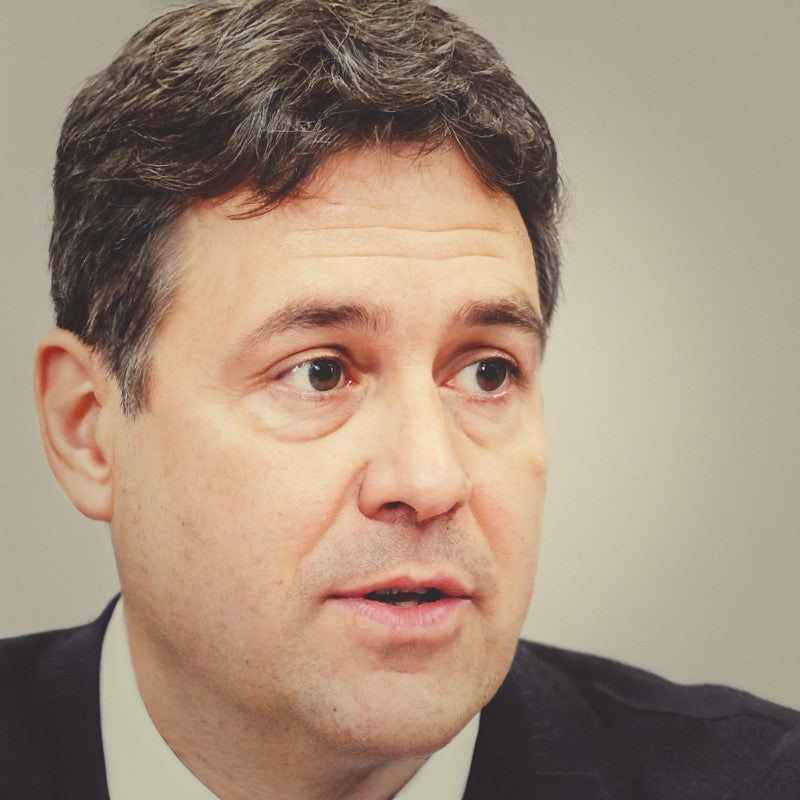Welcome! If you're here, you're likely preparing for an interview for an Executive Officer (EO) role in the Civil Service and want to better understand how to demonstrate the behavior Changing and Improving. You’re in the right place! This guide will help you understand what this behavior means, why it’s crucial for an EO, and how to tackle interview questions using the B-STAR method.
Let's dive in and get you interview-ready!
What is Changing and Improving?
Changing and Improving is all about being open to change, looking for ways to improve how things are done, and finding solutions that lead to better outcomes. It’s an essential behavior for an Executive Officer (EO), as you’ll need to support and implement changes that help your team or department work more effectively.
At the EO level, this behavior is more focused on supporting change initiatives, suggesting improvements within your role, and helping ensure that processes are efficient. This differs from higher levels, such as Senior Executive Officers (SEO), where the focus shifts toward leading change and taking a more strategic approach.
How to Answer Using the B-STAR Method
The B-STAR method is a brilliant way to structure your answers in interviews. Let’s break it down:
B - Belief: Start by explaining what you believe about Changing and Improving. Why is it important to you? How do you view change and improvement in the workplace?
S - Situation: Describe the context of your example. Where were you? What was the challenge or opportunity for change?
T - Task: What was your role in the situation? What responsibility did you have?
A - Action: What specific steps did you take? Focus on your actions, even if you worked within a team.
R - Result: What was the outcome? How did your actions improve the process, situation, or task? Did it lead to measurable improvements?
Use this structure for all behavioral questions. It keeps your answers clear and ensures you cover all the key points.
Common Interview Questions for Changing and Improving
Here are some interview questions you may face related to Changing and Improving:
✨ "Tell me about a time when you identified an opportunity for improvement in your workplace. What did you do?"
✨ "Describe a situation where you had to support a significant change in your department. How did you help the transition?"
✨ "Can you think of a time when you suggested a more efficient way of doing something? What impact did it have?"
✨ "How do you approach challenges or resistance to change from colleagues?"
✨ Click this link to see more example questions...
What Interviewers Are Looking For
Here’s a breakdown of what interviewers are seeking in your answers for Changing and Improving:
✨ Identifying opportunities for improvement: They want to hear how you notice inefficiencies or potential for positive change. Your belief in improving processes should come through here.
✨ Supporting change: Show that you're adaptable and supportive of changes. The interviewer wants to see how you help others through transitions and your proactive approach to change.
✨ Thinking creatively: The interviewer wants to know that you can think of new, better ways to approach problems. It's not about being revolutionary but offering smart, practical ideas.
✨ Dealing with resistance: Change is often met with resistance. Your ability to handle this positively and persuasively will stand out.
✨ Delivering results: They want to hear about the outcomes of your actions. Did your improvements have a lasting effect? Did they save time, money, or improve morale?
Scenario Ideas
Here are some potential scenarios you could draw from in your interview:
💼 You noticed a process in your team that caused delays and suggested a streamlined approach that saved time.
💼 A new system was being introduced, and you helped colleagues adjust by providing training and support.
💼 You identified a way to improve communication within the team by introducing a new method for tracking tasks.
Common Mistakes to Avoid
🚫 Being too vague: Make sure your examples are clear and specific. Avoid general statements like “I always look for ways to improve.” Show real examples.
🚫 Taking all the credit: If you worked as part of a team, acknowledge the efforts of others while emphasizing your role.
🚫 Ignoring the result: Don’t forget to include what happened because of your actions. Results matter!
🚫 Overlooking your beliefs: Interviewers want to know why you think improvement is essential. Share your personal belief about why it’s important in the workplace.
Key Takeaways
✨ Changing and Improving is about being proactive in finding and implementing improvements.
✨ At the EO level, you’ll focus on supporting changes and improving everyday processes within your team.
✨ Use the B-STAR method to structure your answers, with a focus on your belief in the importance of change and improvement.
✨ Be specific with your examples, show the results, and emphasize your role in delivering positive change.
Good luck! You’ve got this! 💪


